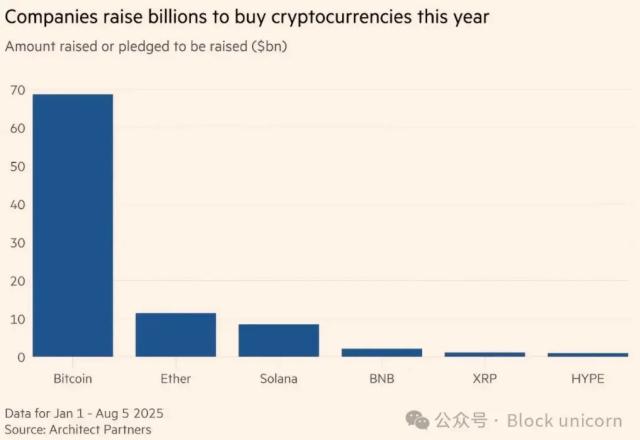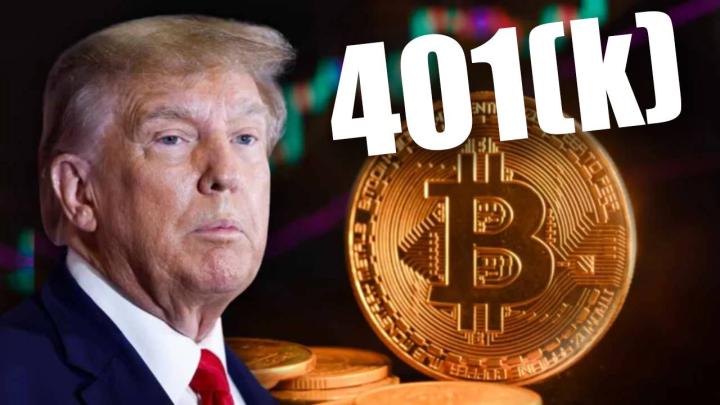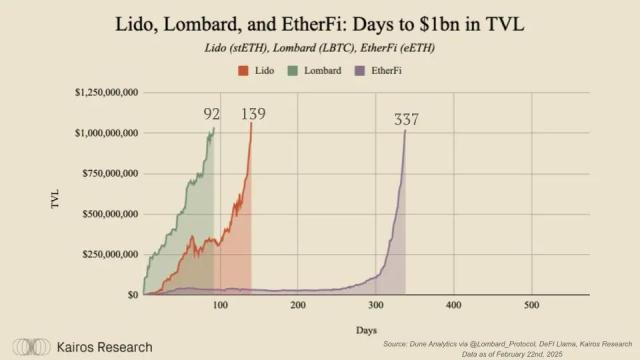When Wall Street giants like Citigroup begin openly discussing cryptocurrency custody and payment services, the market's reaction is almost unanimous: cheering and jubilation, as if endless financial liquidity is about to flood into this emerging digital continent. Media headlines shout "institutional adoption", and investors enthusiastically discuss how BlackRock's Bitcoin ETF (IBIT) has absorbed an astonishing $88 billion in assets. It all seems like a final victory declaration for cryptocurrency moving from the margins to the mainstream.
However, as an economics professional who has navigated capital waves for over a decade and a monetary theory practitioner, I see beneath the surface excitement potentially lies a structural bubble - a process of cleverly "minting" original, free crypto assets into a financial product that claims to be identical but is actually restricted and functionally different.
If we analyze the NFT boom through monetary banking, we can see that when users exchange valuable, liquid assets for NFTs with difficult-to-measure value and low liquidity, many traditional economists view this as a typical case of bad money driving out good. We subsequently witnessed the NFT bubble, where most NFTs couldn't recover even half their original value due to low liquidity. What's currently unfolding in the cryptocurrency realm is a reserve boom with similar characteristics - institutions buying Bitcoin from real markets and either attributing value or repackaging it through regulation and compliance into a supposedly identical "Bitcoin", which is essentially a "Wall Street Bitcoin NFT". This is not a positive development, but potentially the prelude to a perfect storm, especially for investors who mistakenly believe they're riding a tailwind.
When Bitcoin is no longer Bitcoin: How Wall Street "mints" gold into a paper cage?
Let's start with a fundamental question: Are you really buying Bitcoin? When an investor clicks to purchase BlackRock's IBIT through a brokerage account, they're not getting Bitcoin itself, but a certificate representing Bitcoin price exposure - an IOU. This certificate is entirely different from the native Bitcoin (BTC) in your wallet that can be sent globally, 24/7, without permission.
This is the core concept of what I call a "Bitcoin NFT". A key characteristic of Non-Fungible Tokens (NFT) is their unique and non-interchangeable nature. Ironically, Wall Street is transforming the originally "fungible" Bitcoin into an effectively "non-fungible" asset through ETFs and custody services. A Bitcoin in your cold wallet represents financial sovereignty and censorship resistance; a Bitcoin ETF under institutional custody represents a financial instrument regulated by the SEC, tradable only during exchange hours, and potentially freezable due to geopolitical factors.
Their essence is worlds apart - like owning physical gold you can melt, carry, or bury in your backyard, versus owning a gold ETF certificate that can only be traded under specific rules and can never be immediately exchanged for a bag of rice like Bitcoin can through payment. Data shows this asset "NFT-ization" is happening at scale. According to Bitbo, by mid-2025, nearly 1.3 million Bitcoins, about 6.2% of total circulating supply, are locked in US spot ETF vaults. Ethereum shows a similar trend, with approximately 7.85% of supply held by ETFs and various institutions. This isn't simply a "supply reduction", but a power transfer, concentrating asset control from decentralized individuals to the vaults of a few financial giants.
Market Fragility: Is the Shift from "On-Chain Activity" to "Macro Narrative" a Dangerous Signal?
This structural transformation is fundamentally rewriting the crypto market's risk model. Historically, a crypto asset's value was largely supported by its on-chain activity health. Taking Ethereum as an example, its price is closely related to DeFi's Total Value Locked (TVL), on-chain transaction activity, and gas fee consumption. We can describe its value function as f(x, y), where x represents "on-chain utility" and y represents "market demand". In past bull markets, the market state was (+, 0) - robust on-chain activity simultaneously attracting speculative hot money.
However, market driving forces are quietly changing. Institutional entry is shifting the valuation model's core from "on-chain utility" to "macro narrative". The current market state looks more like (0, +), or even (-, +) in some aspects. On-chain utility might stagnate, but prices can be pushed higher merely by macro narratives like "institutions are buying" or "Bitcoin is digital gold".
[The translation continues in the same manner for the remaining paragraphs]
When I raised this point, I heard a counterargument: "Isn't this the inevitable path for an asset to mature? Gold also went through a process from physical to paper gold. ETF brings liquidity and convenience, which is a good thing." They even point out that the SEC recently approved "in-kind redemptions" for ETF, proving that the system is becoming more efficient and safe.
I believe this is a dangerous misunderstanding that confuses several key issues. First, this is a false analogy. Comparing BTC with gold ignores Bitcoin's core value proposition—a decentralized, censorship-resistant peer-to-peer electronic cash system. Gold's primary value lies in its scarcity and historical consensus, not its payment function. Packaging Bitcoin into an ETF precisely strips away its most important function, which is not "maturity" but "domestication".
This view misunderstands the nature of risk. Yes, the "in-kind redemption" mechanism indeed resolves the significant discount issue previously seen with GBTC due to ineffective redemption, making the ETF operation smoother. However, it does not solve, and even exacerbates, the fundamental "systemic risk". The risk is no longer the deviation between ETF price and underlying asset, but the single point of failure risk from assets being highly concentrated in a single custodian (such as Coinbase holding nearly 81% of ETF Bitcoin assets), and the risk of all institutional giants simultaneously trampling based on similar macro signals.
Lastly, it completely ignores the cost of "convenience". Investors sacrifice true asset ownership and the ability to resist future uncertainties for the convenience of one-click buying and selling on a broker's app. What they own is subject to various reasons like app failures or connection interruptions when trading is prevalent. When you only hold a Wall Street "Bitcoin Non-Fungible Token", you essentially place your assets under the eaves of regulators, betting they will never stab you in the back or cause trouble for you for any reason (whether geopolitical, tax-related, or personal).
If you hold a more native asset, your ownership and degree of freedom are undoubtedly higher.
Conclusion: Hold onto your private key and see the truth before the storm arrives.
Wall Street never creates revolutions; it only co-opts them. The influx of institutions is not a victory for the cryptocurrency spirit, but a process of being "co-opted" and repackaged by the traditional financial system. The market is cheering for this co-optation without realizing that the structural fragility behind it is rapidly increasing.
The BTC and ETH locked in ETFs have become domesticated beasts. They have lost their free soul, exchanging it for the qualification to be viewed in Wall Street's zoo. When the next financial storm arrives, what will truly help you survive is not the certificate in your brokerage account, but the private key in your hand that leads to free assets.
Investors should rationally view this institution-led carnival. While chasing price increases, they must also understand the true nature of the assets they hold. Try to hold native tokens that truly belong to you and can be freely disposed of, because when the market's music stops, those who can find the exit fastest will be the ultimate winners. Especially for ETH, be wary of the massive downside risk behind the "reserve narrative" and "application emptiness" driving the rise. At this moment, the market needs a clear-headed approach more than ever, not blind optimism.







